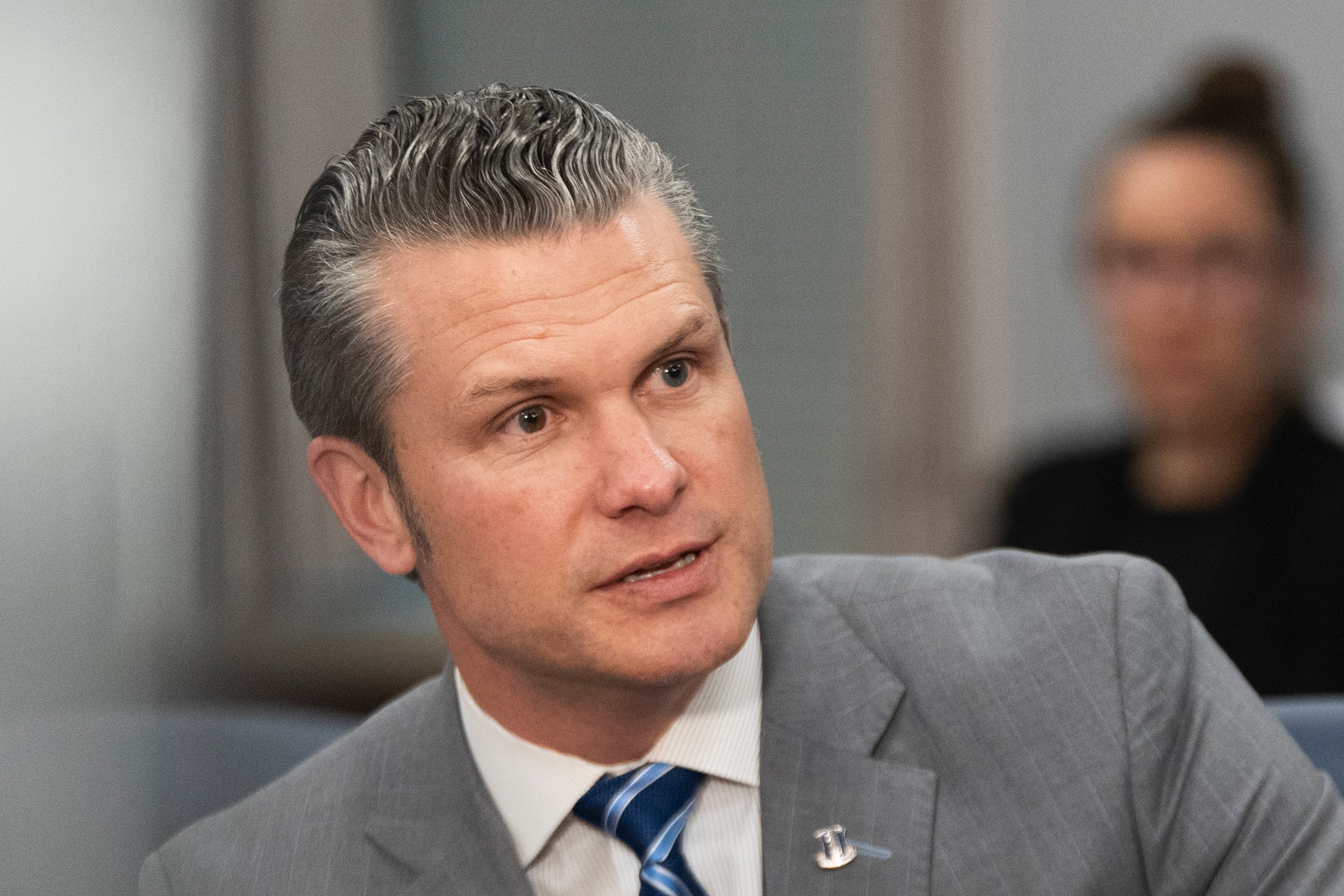One tool to help airmen do so is the The Air Force wants to be the healthiest and "highest performing population by 2025" according to its health chief wants , and it's relying on various technologies to get airmen in the 'fit to fight' spirit of getting fit. One tool he is promoting to help airmen get there is particular way to emphasize comprehensive airman fitness — an attempt to help airmen balance their busy lives through targeted programs, activities and resiliency skills — is through the Wingman Toolkit app and website.
Here's what you need to know:
1. What is it? Born out of Air Force Reserve Command, tThe program was launched as a mobile app in 2012, and posts various activities airmen can use to enhance their social, spiritual, mental and physical health -- the four components of comprehensive airman fitness.
And At first an Air Force Reserve Command program, now it's being promoted throughout the total force, said Air Force Medical Support Agency health promotions chief Col. John Oh.
"We're really hoping that this will be a way to communicate to airmen some resources for resilience to promote comprehensive airman fitness," Oh said in a Dec. 18 interview with Air Force Times.
Airmen can find videos, personal stories, safety information, sexual assault prevention and various hotlines they can call to stay informed and promote a "culture of health in the Air Force" and within their families, Oh said.
2. Physical fitness. Oh said one service goal is to encourage health promotion outside of visits to the clinic or hospital and to go beyond "that 1.5 mile run, pushups and situps."
Toolkit users can find stories on topics such as how individual airmen have improved their fitness routines, and links to websites that highlight fitness and healthy eating
Toolkit users can can find articles about airmen exploring new types of fitness, websites that highlight new fitness programs and links that feature healthy eating and cooking videos.
add examples of what can be found
3. Mental, spiritual and social fitness. These pages address topics such as suicide prevention, decompressing when returning home from combat deployment and peer counseling. There are articles by chaplains and links to Air Force Chaplain Corps and other spiritual resources, There are legal, financial and other family readiness resources. You can even learn meditation to improve your resilience.
Like physical, airmen can find resources to boost their mental, spiritual and social well-being. But some Resources under these pillars give Toolkit users a chance to connect with veterans in outreach programs, seek out spiritual guides, and even learn the best steps on meditation to build upon their own inner resilient lifestyle.and xx add examples of what can be found
Airmen can find videos, personal stories, safety information, sexual assault prevention and various hotlines they can call to stay informed and promote a "culture of health in the Air Force" and within their families, Oh saidAir Force Medical Support Agency health promotions chief Col. John Oh
4. What's new. In addition to the app's direct call line for the National Suicide Prevention Lifeline, the app this year added the direct link to the Defense Department Safe Helpline number for fast access to sexual assault prevention and response resources.
Developers Hangar 30 Inc. are also looking to add: interactive apps skills to build resilience skills, targeted contentsuch as?, and location-based resourcessuch as?, according to the site's promotional video. THE PROBLEM HERE IS I DON'T KNOW EXAMPLES, AND THE DEVELOPERS HAVEN'T GOTTEN BACK TO ME, SO I'M NOT SURE WHAT THEY HAVE IN MIND//OP
5. Get connected. Link to Wingman Toolkit at http://afrc.wingmantoolkit.org/.
The app is also available for both iPhone and Android devices.
Airmen can also connect with Wingman Toolkit for tips and more through Facebook, YouTube and Twitter.
The toolkit gives airmen the ability to work on each pillar of health everywhere — Oh said one service goal is to encourage health promotion outside of visits to the clinic or hospital and go beyond "that 1.5 mile run, pushups and situps." Oh said.
"One of the biggest things in the Air Force medical service is making sure we're tailoring the interventions and recommendations appropriate to the population, and so that really comes to knowing your units' mission and the people you're taking care of," Oh said.




